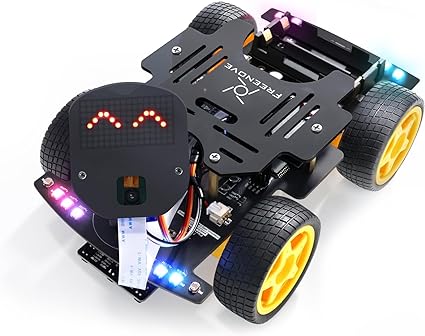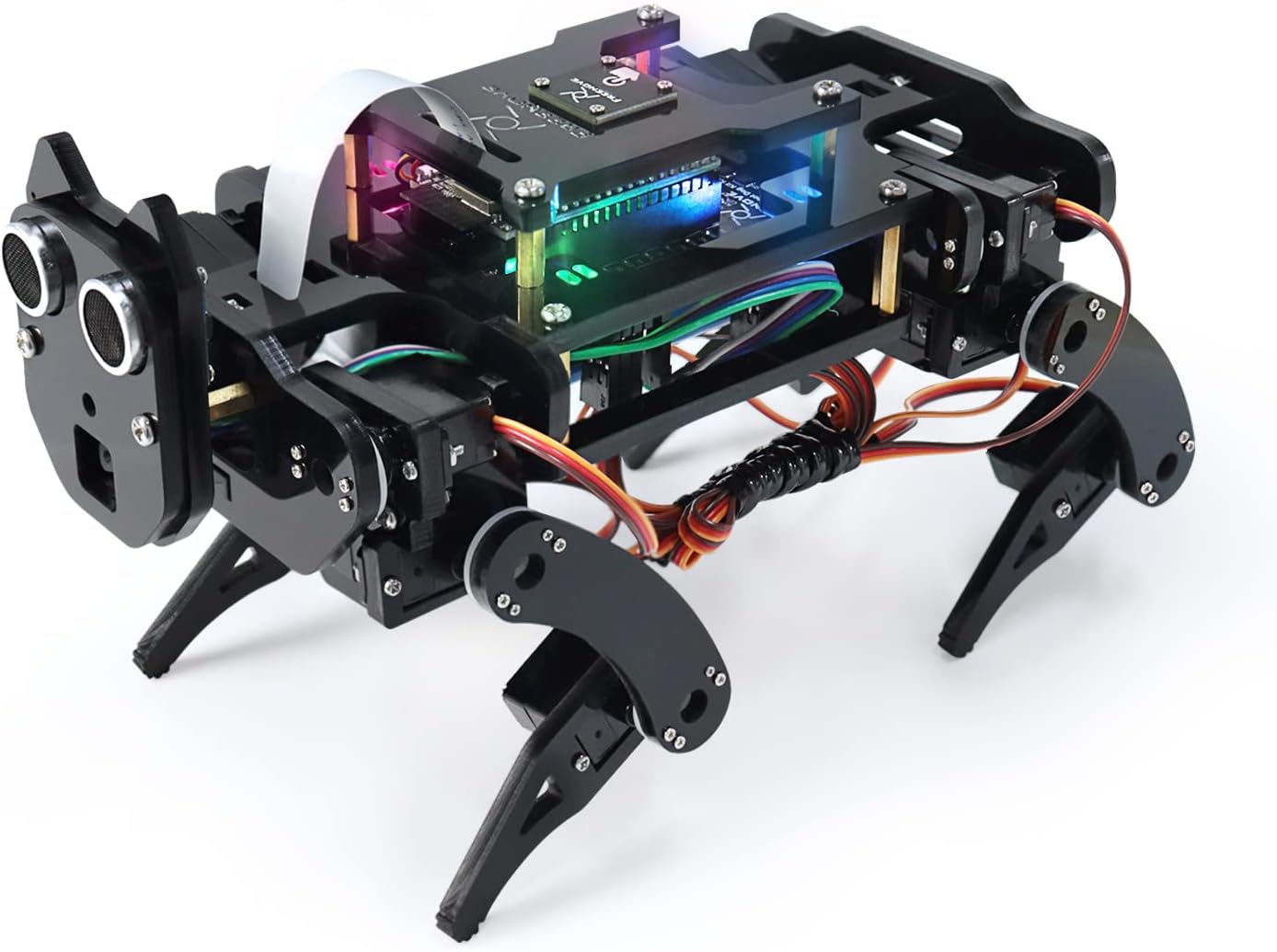Robots-For-All is a group promoting fun with autonomous robots. Participants interact with other members to share their inovations and solve problems. Our goal is to have fun! Along the way participants will learn communication, problem solving, programming in C++ or MicroPython and debugging skills.
Robots-For-All is recommending the following robot when starting:

The robot, batteries, battery charger and USB cable are available for about $110. The robot car includes the processor, camera, motors, servos, wheels and a simple display. The batteries, battery charger and USB cable are extra.
Order the flat top batteries |
DO NOT ORDER the button top batteries!The button top batteries do NOT fit in the Freenove 4WD Car! |
Other robots are allowed, see Rules section for limitations, but they are typically more expensive, may require to buy the processor and require more expensive development systems (Windows or Mac).
A much more challenging robot is the Freenove Robot Dog. The issue here is coordinating the leg movements to actually get the robot to move.

A super challenging robot is made from a processor and and FPGA. The FPGA is the electronic equivalent of LEGO blocks where you specify the connections and circuitry inside the FPGA using a language such as Verilog or System C. One implementation inserts the FPGA between the processor and all of the peripherals to allow the FPGA to control the peripheral or act as a pass through.
Here are some parts for an FPGA robot.
These challenges are designed to use the sensors provided with the robot kits. While different sensors are allowed, they may be judged in as a different group. These challenges are timed, where the fastest time wins and in the case of a tie, the robot that gets closest to the finish wins. Practice boards are recommended for algorithm development and testing.
These challenges require additional sensors for the robot. A single attempt is made with the challenge with a longer time limit. Again fastest time wins and in the case of a tie, the robot that gets closest to the finish wins.